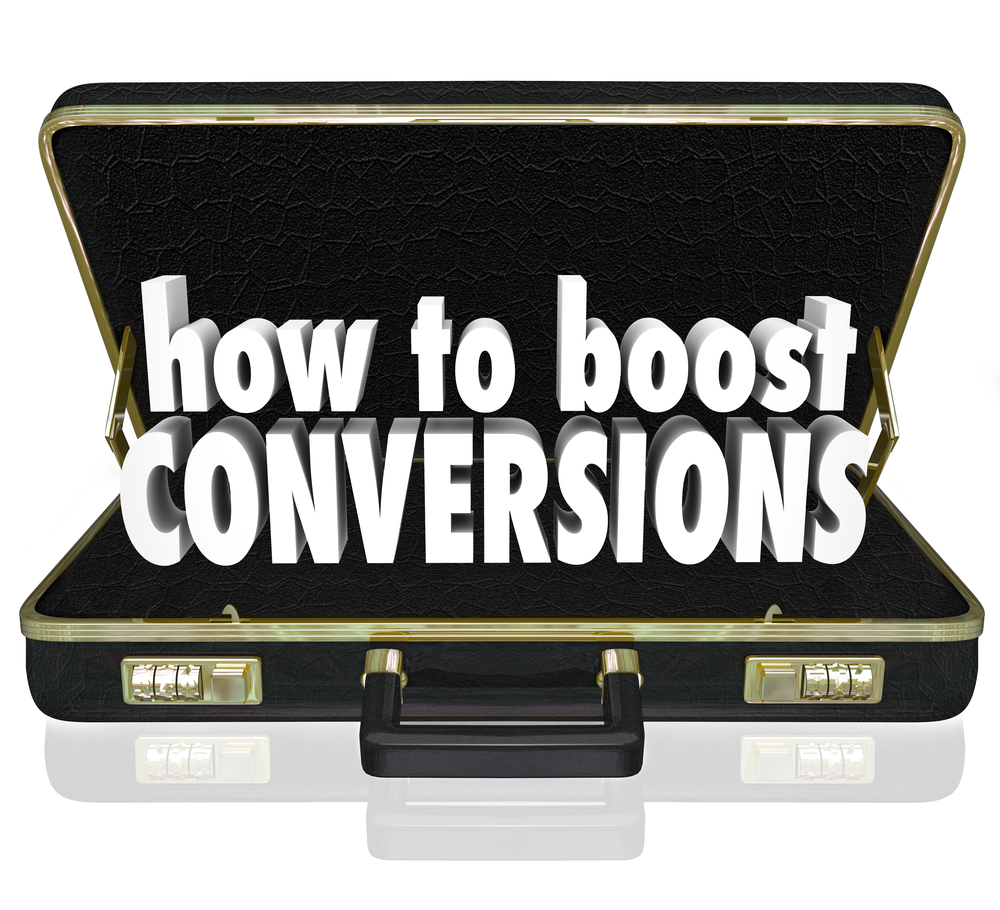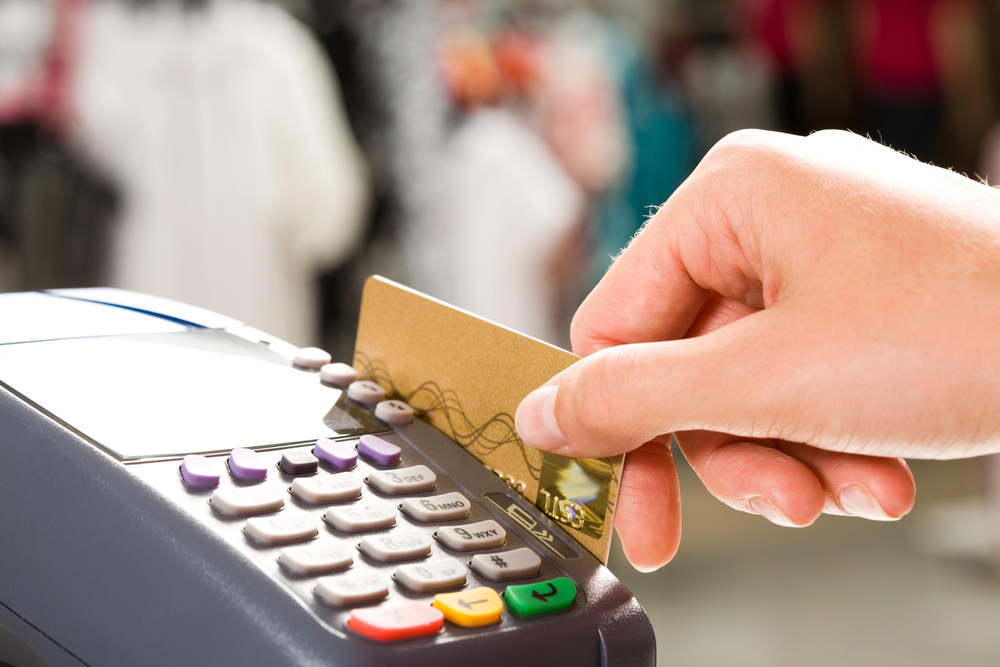
3 Upsell Techniques that Seriously Boost Conversions
Apr 15, 2022 3 minute Read
We’re talking at least 5%. And from the clients we work with, that result is all but guaranteed.
Here’s the deal: you’re a business owner whose front-end is converting. The easiest way to increase your average order value (AOV) is by taking advantage of upsell opportunities. Sounds simple, right?
Not so fast. The tips we’re about to lay on you are for merchants who have acceptable take rates but still get declined transactions (or customers can’t buy the upsell).
What gives? That’s exactly what we’re getting into, and if you take our 3 tips to heart we can (almost) guarantee an uptick in conversions.
These upsell techniques work on existing customers and new customers, alike, to increase sales, boost conversions, and improve your bottom line, and are geared toward e-commerce site owners.
If you’d rather watch this, you can by heading to YouTube, or you can listen to it on the go right here.
Preface: Terms You Should Know
Before we get into our tips, here are some terms you ought to know.
What is an upsell?
An upsell is when you offer other products or services to your customers that will increase their shopping cart value.
An upsell conversion rate is how often a customer make purchases above their initial front-end purchase (the product they initially intended to purchase). Improving the customer experience will improve the upsell conversion rate, as well as prevent cart abandonment and increase website visitors.
Why is upselling important?
Simply put, it’s important to use upselling to increases your revenue. It also helps customers understand the products you offer and can build a strong relationship between them and your e-commerce business, increasing retention.
A sense of urgency comes with the territory of upsells. It’s something you can use on your product pages, checkout page (post-purchase), email marketing, and with special offer pop-ups.
What’s the difference between upsell and cross-sell?
Upselling is when you encourage your customers to buy a higher-end version of the product they’re interested in. Cross-selling is when you entice customers to buy related products that complement their initial purchase.
Both involve optimization of the customer journey through checkout, but are inherently different things.
You can think of it like this:
A customer buys a pair of cotton socks. You can upsell a higher quality version of a product like wool socks, and you can cross-sell a matching pair of gloves. The upsell offer is always a higher value similar product while the cross-sell is more like additional product recommendations that go well with their purchase.
Upsell = better product. Cross-sell = add-on product.
What does “take rate” mean?
The take rate is the rate of acceptance by your customers. In this case, the take rate applies to upsells. It means how much your customers want the new product(s) you’re upselling; how often they take the upsell.
Tip 1: Know Your Data
Yeah, we know you’re rolling your eyes at this one. BUT hear us out.
Most of the people we do mandates for—we’re talking 9 out of 10 people—quote incorrect data to us. So, in our experience, if 90% of you are looking at your data incorrectly, then you can’t possibly succeed in the upsell.
Figure out your approval rate for each upsell.
The easiest way to get the data you need to understand your upsells is:
– Have a different price point for each upsell.
– Grab a CSV file from your payment gateway.
– Sort by price point and approval message.
You need to have access to your gateway to do this. You can email your gateway or merchant services provider and ask for access/a CSV for the previous months’ worth of transactions. Or maybe you need to get a new gateway (which could mean opening a new merchant account if you use aggregators like Stripe).
When you’ve sorted the data, you’ll see clearly how many transactions you’ve had, how many were approved, and how many were declined.
From this list, you’ll see what’s gone through and what hasn’t as well as issuing bank declines. For bank declines, look out for “do not honor” and “code 05”. These, specifically, indicate the transaction cannot happen because the bank is declining it.
Knowing your issuing bank declines will add more conversions.
The cardholder’s bank (also known as the issuer or issuing bank) decides which transactions are too risky, and your MCC might be to blame.
Tip 2: Know Your MCC
MCC stands for Merchant Category Code. It’s a code every single merchant is assigned, whether you’re an e-commerce store using a merchant account, Stripe, PayPal, etc. or a brick-and-mortar retailer.
The category you’re assigned affects:
– your approval ratio,
– what you’re paying,
– processing services,
– and a whole lot more.
Different MCCs carry different levels of risk and different levels of tolerance.
Here’s an example:
If you’re a supplements merchant, you might be assigned the MCC 5968. This is a direct response code. Because of this code and the nature of your business, ticket sizes over $100 will likely be declined by the cardholder’s bank.
The bank sees your code and immediately knows that direct response merchants have a higher risk of chargebacks and disputes. They don’t want to deal with that. So what happens next? They decline the transaction.
What can you do about it?
There are a couple of options.
Drop your prices below $100. This only works if you’re selling products that hover just above $100. When you drop your price, you’ll see your take rate increase and your approval rate increase.
Choose a different MCC. This one’s a bit trickier. Some providers are willing to change your MCC, but most aren’t. The best way to go about this is opening a new merchant account and selecting a different Merchant Category Code. Not all merchants can nestle into multiple MCCs, though, so don’t test your luck if that’s you.
Stagger your upsells. You can charge each upsell separately from each other and the initial front-end sale.
These options can work for other merchant types, though they are specific for direct response. You really need to understand your data, such as the maximum charge before a bank declines the transaction, in order to maximize the potential.
Tip 3: Stagger Charge Your Upsells
This upselling strategy deserves its own section because it’s actually more than a way to decrease bank declines.
Let’s start with an example (sticking with direct response merchants):
A customer is on their way to buy a $67 front-end product and your first upsell is $30. That’s great; you kept the price below $100 so banks shouldn’t decline it. Charge that front-end purchase and first upsell right away.
But what if you want to push multiple upsells? It’s encouraged to have a second, third, or even fourth upsell. The trick is to stagger charge those following upsells to prevent your transaction approval ratio from decreasing (even if the take rate is high).
Charging multiple upsells too fast decreases your approval ratio.
This is because the bank is seeing you hit the customer’s card 3 or 4 times in a very short period of time. This makes banks nervous because, since credit cards were designed for the physical world, if the customer was at a physical store, then they’d only receive one receipt for everything. It’s suspicious.
Stagger the 2nd and 3rd upsell charges by at least 24 hours (though not more than 48).You know the card is good because you’ve already successfully charged the front-end product and first upsell. It makes sense that the charge won’t get flagged because, again since credit cards were designed for a physical world, it’s logical that someone would visit the same store multiple days in a row.
Some gateways have built-in functionality to help you stagger charge your upsells.
You don’t have to do a single authorization. You’ve already processed the payment, it went through without a hitch, and the payment gateway uses this data to help you upsell products.
NOTE: If you sell a physical product, don’t ship it until after the upsell charges go through.
It’s not always about the quality of the upsell. Instead, it’s about how you charge your customers.
Getting the customer to your online store is only part of what goes into successful marketing. The last leg falls on you, as the merchant, getting that customer through the buying experience.
To do that successfully, you need to know transaction data, have the tools to ensure each customer buys everything the intended to, and have a cart page that promotes upselling.





6 thoughts on “3 Upsell Techniques that Seriously Boost Conversions”